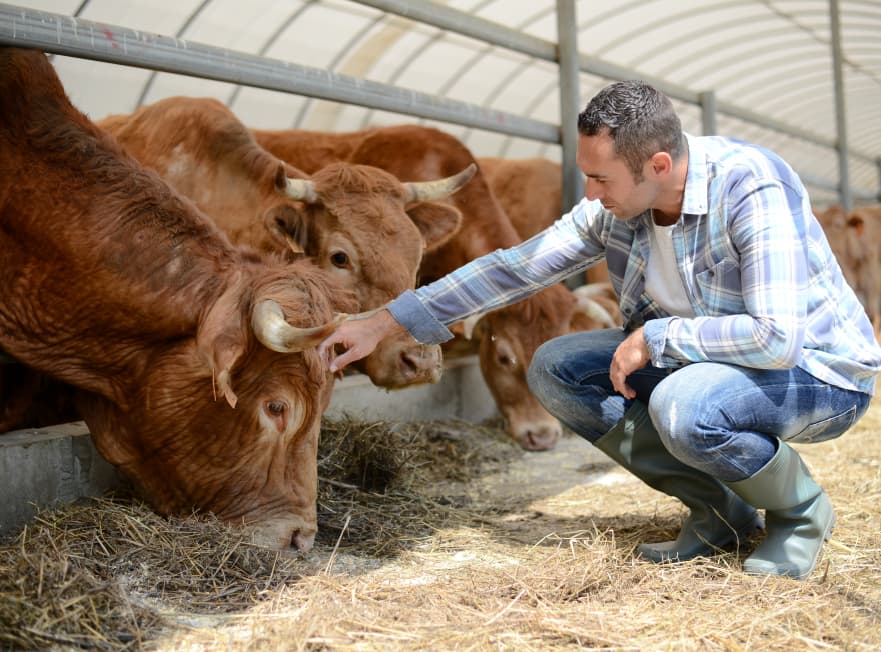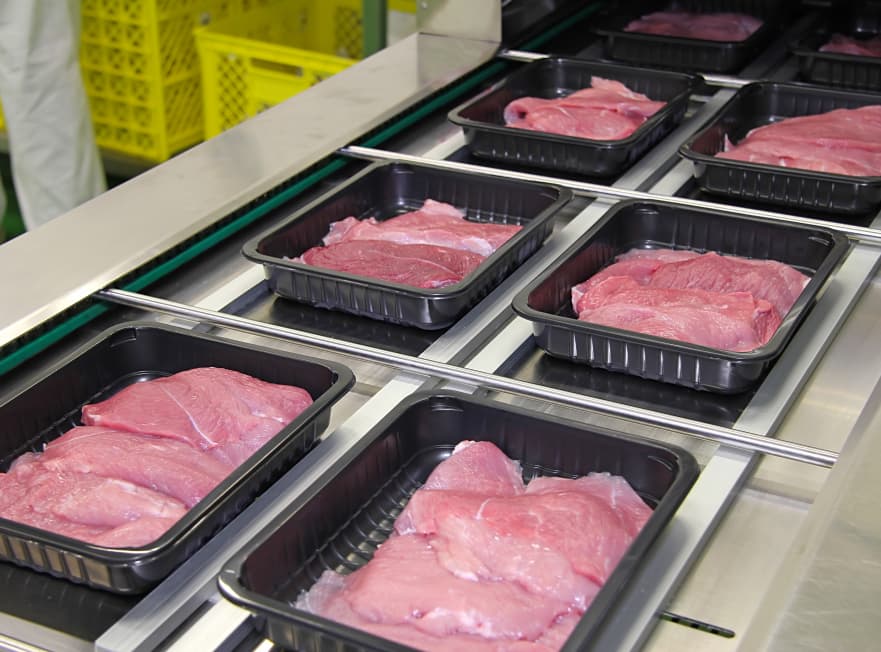What Is Animal Welfare Beef Like in Poland From Farm to Abattoir
Animals
Beef is produced in Poland according to the European Union standards. When becoming an EU member on 1st May 2004, Poland became obliged to comply with the rules of cattle raising under the cross compliance regulations. This means that each farmer, grower and processor in the EU has to observe the same laws. In terms of beef production, these laws apply to, among other things, animal welfare, environmental protection, elimination of contagious diseases (e.g. encephalopathy), cattle registration or meat labelling.
For a few dozen years, the European Union has been developing a consistent, safe and ethical system of livestock breeding. Its foundation is animal welfare, guaranteeing the optimal conditions of animal raising. The legal basis of the welfare is the 1998 Directive 98/58/EC which guarantees the "five freedoms":
- Freedom from hunger and thirst;
- Freedom from discomfort;
- Freedom from pain, injury and disease;
- Freedom to express normal behaviour;
- Freedom from fear and distress.

These regulations have been expanded and enhanced. Freedom from hunger and thirst is a source of EU ban on using antibiotics in the feed and synthetic growth simulators and hormones.
The cattle raised in Poland is fed with natural feeds without growth promoting additives. Implants gradually releasing hormones for a quicker body weight gain are also prohibited.
Freedom from discomfort and freedom to express normal behaviour in practice means detailed guidelines ensuring proper living conditions for the animals. The buildings for cattle must meet specific requirements for minimum and optimum air temperature, optimum humidity, adequate airflow, lighting or stall size. Limiting the distress is related to ensuring proper rearing conditions and care by qualified personnel.
In terms of freedom from hunger and thirst Poland observes the rules of appropriate livestock feeding. Feeds adapted to the growth stages are used, and the adult animals receive specially formulated food doses, depending on the organism need, its' health status and performance. Cattle in Poland is grazing on pastures most of the year. The foods are under constant veterinary supervision – controlled for prohibited additives and compliance with microbiological standards.
Each herd is supervised by veterinary inspector who controls, among other things, compliance with hygienic rules in barns, feeding principles and general livestock rearing conditions. This implements the freedom from pain, injury and disease of the aforementioned Directive 98/58/EC. Veterinary supervision also covers animals' reproduction and their general health, including prevention of the spread of contagious diseases.

QUALITY STANDARDS

Poland has a number of technical and sanitary-hygienic regulations aiming at ensuring public health and food quality. In the early 21st century the EU adopted the "from farm to fork" concept guaranteeing high level of safety at all stages of food production and its' distribution. In 2004, within the "from farm to fork" approach the basic laws were passed, known as the "hygiene package". The package imposes an obligation to maintain the hygiene in production of food by different entities in the food chain, by self-regulating HACCP mechanism (hazards analysis and critical control points), monitored with inspections performed by relevant authorities. This allows maintaining strict sanitary-hygienic conditions and detecting and eliminating possible hazards during the entire food production process.
The cattle slaughter in Poland is carried out according to strict procedures regulated by national laws. Animal stunning prior to slaughter is obligatory and is performed in order to quickly disturb the brain function, reduce animal stress during the slaughter and block the pain. The slaughter is performed in specialized abattoirs by trained personnel. The slaughter procedure comprises many activities performed for humane, hygienic and organizational reasons and meets various requirements to make the product safe for consumers (according to Regulation (CE) 853/2004). The preliminary cutting of carcasses is performed directly after the slaughter, and a veterinary doctor inspects the meat. The carcass SEUROP classification is also performed at this stage in terms of quality The collection and preliminary preservation of edible and inedible slaughter by-products, and waste collection and securing are also performed at the same time.
Then the beef undergoes the processes to emphasize its flavour and to obtain the desirable meat quality parameters. These processes are known as meat seasoning.
(MORE IN THE BEEF MEAT ADVANTAGES SECTION)

GREEN AND INNOVATIVE ECONOMY
The beef is produced in Poland with respect for the environment. In 2020, the European Union adopted the European Green Deal – a programme to achieve the climatic neutrality by 2050. The Green Deal applies to almost all sectors of the economy and sets specific goals and actions to achieve these goals.
The goals set for the agriculture include: reduced use of pesticides and fertilizers, reduced use of water in technological processes, reduced emissions of greenhouse gases as agricultural by-products and increased volume of ecological production. Diversification of feed plants crops under the Green Deal stands for promoting the biodiversity. A greater number of plant species grown means an even more varied animal feed base, which affects the taste of the meat. This does not mean that the implementation of the Green Deal is a distant future – these goals are being achieved already. The steps taken to reduce the emissions of greenhouse gases (e.g. construction of biogas plants generating power and heat from the agricultural by-products such as biomass and animal excrements) have a lot of advantages: cleaner air, energy savings and lower production costs. As a result, all these actions translate into a continuous qualitative change – the final product, the beef, is of better and better quality parameters and is produced with higher care for the environment.
Source: https://beeffrompoland.pl/en/beef-production-safety-and-quality-standards-in-poland/
0 Response to "What Is Animal Welfare Beef Like in Poland From Farm to Abattoir"
Post a Comment